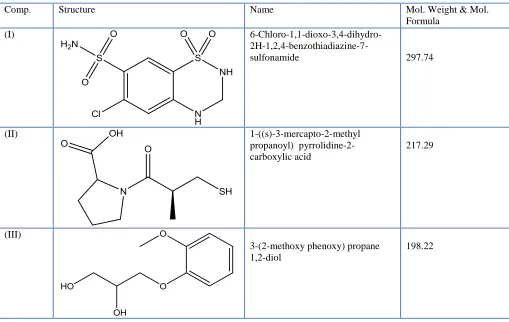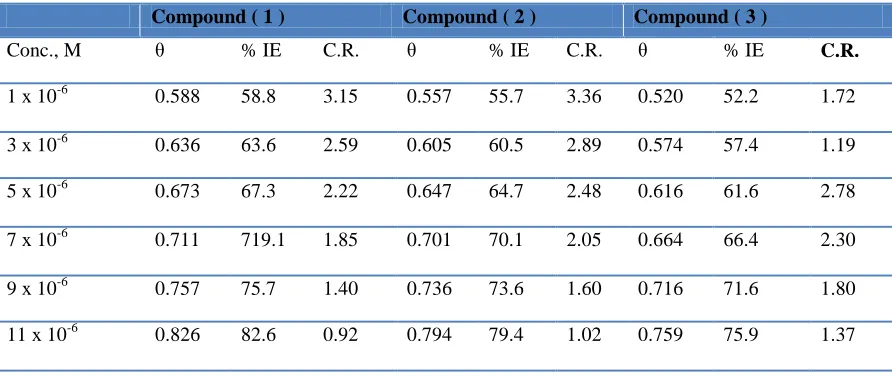Studies on the Corrosion Inhibition of Copper in Nitric Acid Solution Using Some Pharmaceutical Compounds
Full text
Figure




Related documents
In our ZIP code-level analysis, we found that ZIP codes with universities tend to have above average median home price and median rent, especially those with
Novel V-shaped conjugated organic compound namely N 1 ,N 3 -bis(4-(octyloxy)phenyl)-N’- (benzene-1,3-dicarbonyl) thiourea were successfully synthesized, characterized
As can be seen from Fig.1, comparing with that in PAA without NaCl, the corrosion potentials in the presence of NaCl are shifted to more negative direction, the cathodic branches
Simulated and measured tritium concentrations with the MT3DMS transport model for Waihaha River, Whanganui Stream, Whareroa Stream, Kuratau and Omori rivers of the western Lake
conditioning lesion effect are provided: first, a peripheral lesion leads to a downregulation of L-type channel activity; second, genetic inactivation of this channel type
Based on these chromatographic data for bulk gelatin, we further analyzed solutions of the two phases after the first desolvation step: the precipitated sediment which would
For outbreak 3, a total of five different ribotypes were isolated from hay silage samples taken from bunker silo I, but none of these isolates matched the ribotype of the





